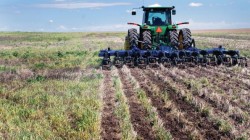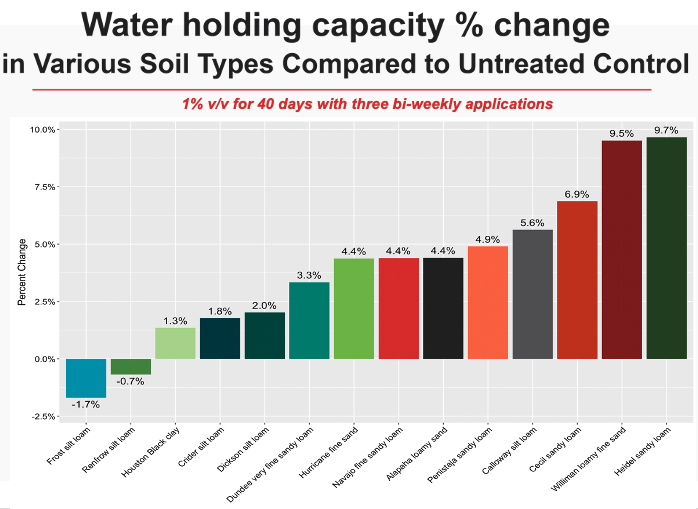Strip-Till Vs. No-Till: What’s Better For Soybeans?

The practice of deep banding fertilizer is growing in popularity as more growers turn to strip-till. However, this method may be costing growers more than it is worth.
A new University of Illinois study revealed that strip-till was superior to no-till and increased yield in soybean. However, the results showed no difference in yield between fertilizer application methods.
“Strip-till is usually talked about in corn, not soybean,” said Fabian Fernandez, U of I assistant professor of crop sciences. “But the results argue strip-till for soybean would be a benefit, but placement of fertilizer offers no difference for yield.”
Researchers compared different combinations of phosphorus and potassium rates applied in no-till by either broadcasting or deep-banding six inches below the surface, and in strip-till by deep banding six inches below the surface.
“Strip-till allows growers to apply fertilizer in a band in the subsurface — it has almost become the norm these days,” Fernandez said. “Most growers are deep banding fertilizer if they strip-till, when in reality there is no need to do this, at least for soybean. Our research shows when fertility levels are adequate, there is no advantage and you can broadcast phosphorus and potassium to achieve the same results.”
Fernandez said deep band placement normally requires more equipment, expense and time.
“Phosphorus doesn’t move far in the soil. With broadcast application, it tends to accumulate at the soil surface,” Fernandez said. “With subsurface application, we saw phosphorus levels decrease on the soil surface. Although subsurface band applications may not increase yield, they could decrease phosphorus levels on the surface which could be an environmental benefit to reduce the potential of phosphorus runoff.”
Subsurface banding of fertilizers is sometimes promoted as a more efficient placement method, and some believe the same yield level can be attained with lower fertilizer rates, Fernandez said.
“We observed no evidence to suggest a fertilizer rate reduction can be accomplished with subsurface banding without similar yield declines as observed for broadcast applications,” he said.
This research, “No-Till and Strip-Till Soybean Production with Surface and Subsurface Phosphorus and Potassium Fertilization” was published in Agronomy Journal. Researchers include Fernandez, Bhupinder Farmaha and Emerson Nafziger of the University of Illinois.






